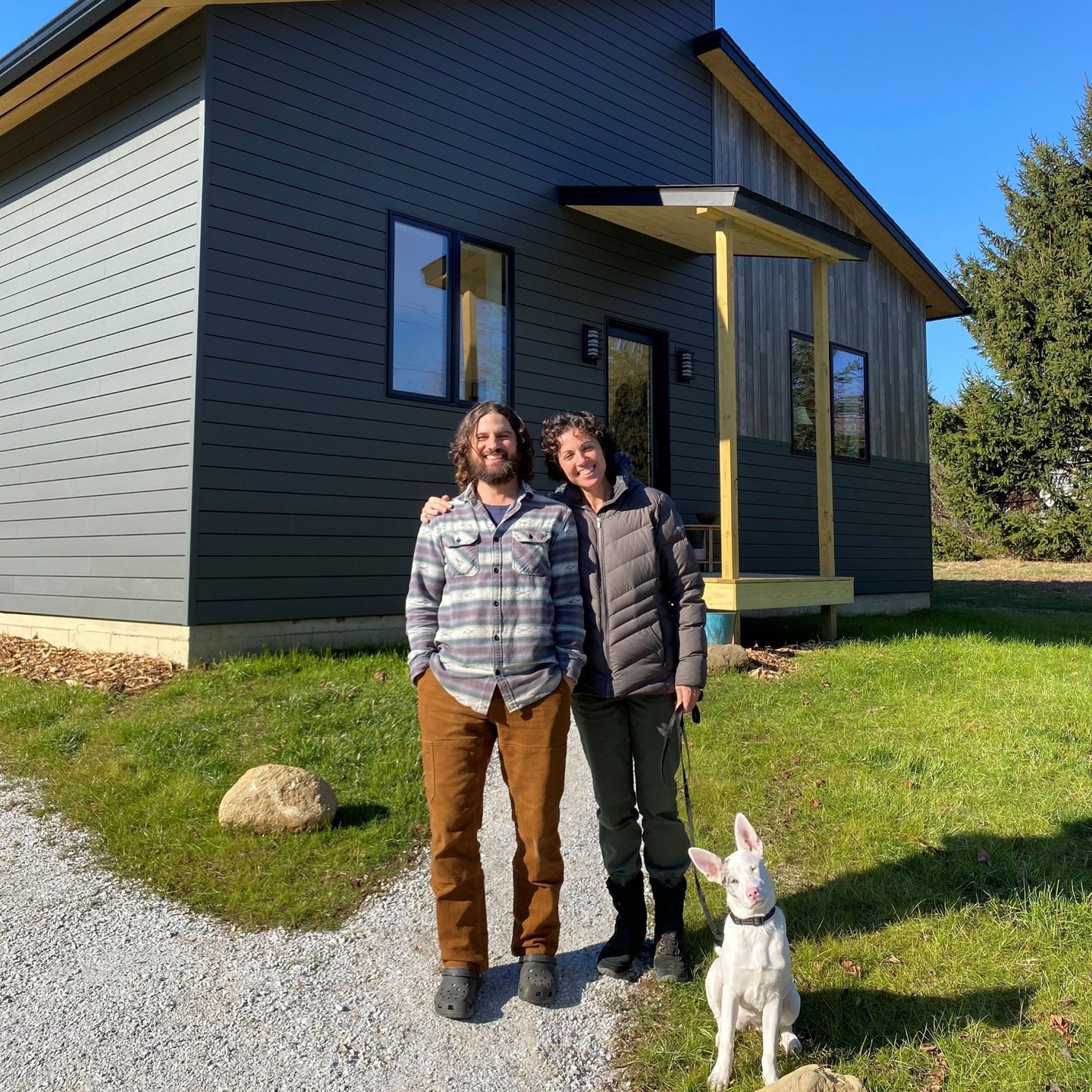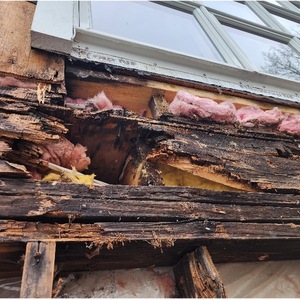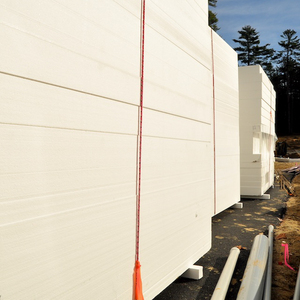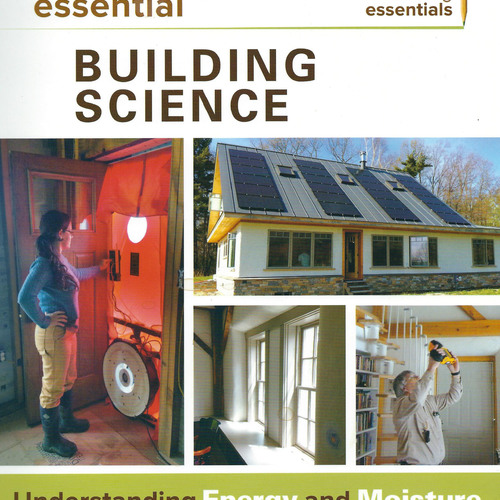
There’s a very simple reason why all builders should understand building science—or, in other words, know how buildings work: because buildings, or at least parts of buildings, regularly fail. If you’ve worked as a remodeler, or even if you tackle projects in your own home, you know this story well. You start stripping roof shingles first thing in the morning intending to install flashing and underlayment after lunch. But instead of taking a lunch break, you spend an hour running to the lumberyard for a few sheets of plywood to repair the rotted sheathing below the improperly flashed plumbing vent. Heck, even if you’ve never worked on a home, if you’ve lived in one, you may know the experience of a damp basement, a hood fan that never quite seems to clear the kitchen air, or finish that’s peeling clean off the siding way too soon. Every one of these examples relates to building science mistakes that could have been avoided.
For this reason, I reached out to some regular Fine Homebuilding contributors from around the country and asked them not only what building science mistakes they’ve made or often see, but how things could have been done better. Their replies could easily have been turned into a manuscript for a book, but there were a bunch of common themes, and that’s what you’ll find here—along with a few concerns of my own.
1. Not controlling condensation with exterior insulation
Continuous exterior insulation on walls has several benefits. It’s often a good way to add R-value to existing walls when re-siding an old house. More than just adding insulation, it specifically minimizes thermal bridging, which is why it is also a smart way to insulate the walls of a new house…
Weekly Newsletter
Get building science and energy efficiency advice, plus special offers, in your inbox.

This article is only available to GBA Prime Members
Sign up for a free trial and get instant access to this article as well as GBA’s complete library of premium articles and construction details.
Start Free TrialAlready a member? Log in















6 Comments
I started doing radon ready basement sub slabs in 1990 I believe it was. Ran the 4" pipe through the attic and out of the roof. We knew about radon long ago, it is still with us. Can tie in a sealed sump and radon reduction in the same system.
A few thoughts:
I have described the cold sheathing issue as the Yeti of building science - much discussed, rarely seen. With a decent rain screen, I think the risk approaches zero and the concerns are largely the other kind of BS.
I've never done counter-flashing over step flashing, except on a chimney or other masonry wall. A strip of good quality PSA tape is faster, cheaper and at least as effective.
Radon system design is in the code - Appendix AF in the 2021 IRC. It's not hard to meet but make sure you are.
And an approachable book on building science - what a great idea! Someone should suggest it to Taunton!
Dan,
I've asked here a few times and never gotten a definitive answer (maybe it's impossible to say?). How much you you think the resiliency of thick walls, and the lack of sheathing damage relies on using cellulose? Assuming good air-sealing, etc, would double walls with rain-screens be fine insulated with batts?
I've started using counter-flashing for a different reason. If you hold the fasteners and cladding up a bit, and only nail the step-flashing to the roof deck, it's easy to re-roof down the road without removing the siding.
"And an approachable book on building science - what a great idea! Someone should suggest it to Taunton!"
Maybe title it - let's see - The Pretty Good House?
Hey Malcolm - it certainly doesn't hurt but i think the rain screen is probably more important.
And yeah, that's a good idea. Just need to keep the step flashing above the seal strip.
I looked it up - somebody beat you to it! Bummer.
Thanks Dan.
"I looked it up - somebody beat you to it! Bummer."
I'm not surprised. Everything I've ever thought up seems to already be available on Amazon.
A better solution is probably a z-flashing about 6" up the wall, and to cover the step-flashing with a trim piece you can remove. I haven't tried that yet.
I am with Dan, I think the cold sheathing concern is a made up story. If it was viable we would have many failed homes in Minnesota. Virtually all new homes here for the last 30 years have warm side poly, 2x6 fiberglass batts and OSB exterior sheathing. The sheathing should be cold, it is on the cold side of the wall in a heating dominated climate. If the sheathing is warm, the wall insulation is not working.
Log in or become a member to post a comment.
Sign up Log in